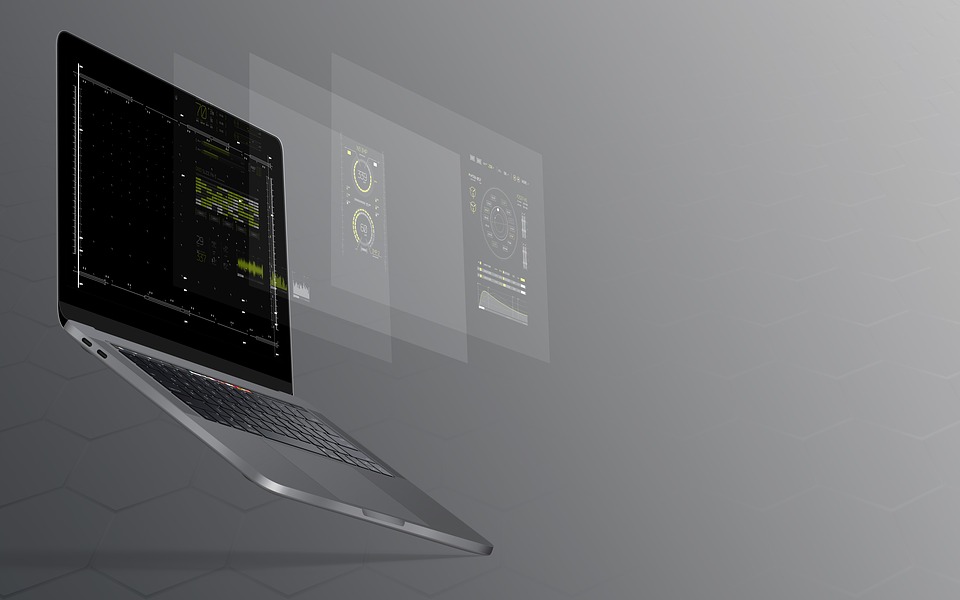 When it comes to setting up your computer, one of the most crucial decisions you’ll make is choosing the right computer screen. Whether you’re a professional designer, a gamer, or a regular user, having a high-quality screen can greatly enhance your computing experience. But with so many options available, how do you make the right choice? Let’s dive into the world of computer screens and explore what factors you should consider to find the perfect match for your needs.
When it comes to setting up your computer, one of the most crucial decisions you’ll make is choosing the right computer screen. Whether you’re a professional designer, a gamer, or a regular user, having a high-quality screen can greatly enhance your computing experience. But with so many options available, how do you make the right choice? Let’s dive into the world of computer screens and explore what factors you should consider to find the perfect match for your needs.
Resolution, Refresh Rate, and Response Time
When it comes to the technical specifications of a computer screen, there are three key factors you should pay attention to: resolution, refresh rate, and response time.
For everyday tasks, a Full HD (1920×1080) resolution is generally sufficient. However, if you work with detailed images, videos, or require precise color accuracy, consider a higher resolution such as 4K (3840×2160) or even an ultra-wide display.
The refresh rate refers to how many times per second the screen updates the image. A higher refresh rate, such as 144Hz or 240Hz, ensures smoother motion, making it ideal for gamers and those who work with fast-paced content like animations or videos.
Response time measures how quickly pixels can change from one color to another. A lower response time, typically 1ms or 5ms, minimizes motion blur and ghosting, providing a more enjoyable gaming or movie-watching experience.
When selecting a computer screen, size matters. Consider the dimensions of your workspace and your preferred viewing distance. Pay attention to the ergonomics of the screen. Look for adjustable stands that allow you to tilt, swivel, or adjust the height of the screen. This customization can help you find a comfortable viewing angle and reduce neck and eye strain.
Specialized Screens for Specific Needs
Different users have different requirements, and specialized screens cater to those needs. For graphic designers and photographers, color accuracy is paramount. Look for screens that support wide color gamuts like Adobe RGB or DCI-P3 and offer hardware calibration options.
Gamers should consider screens with features like NVIDIA G-SYNC or AMD FreeSync, which synchronize the monitor’s refresh rate with the graphics card, reducing screen tearing and providing a smoother gaming experience.
Choosing the right computer screen may seem like a daunting task, but armed with the right knowledge, you can make an informed decision. Find a screen size that fits your workspace and prioritize ergonomics for long hours of comfortable use. If you have specialized needs, explore screens designed for tasks like graphic design or gaming. Remember, a high-quality computer screen is an investment that will greatly enhance your computing experience, so choose wisely and enjoy a crystal-clear view of your digital world.
